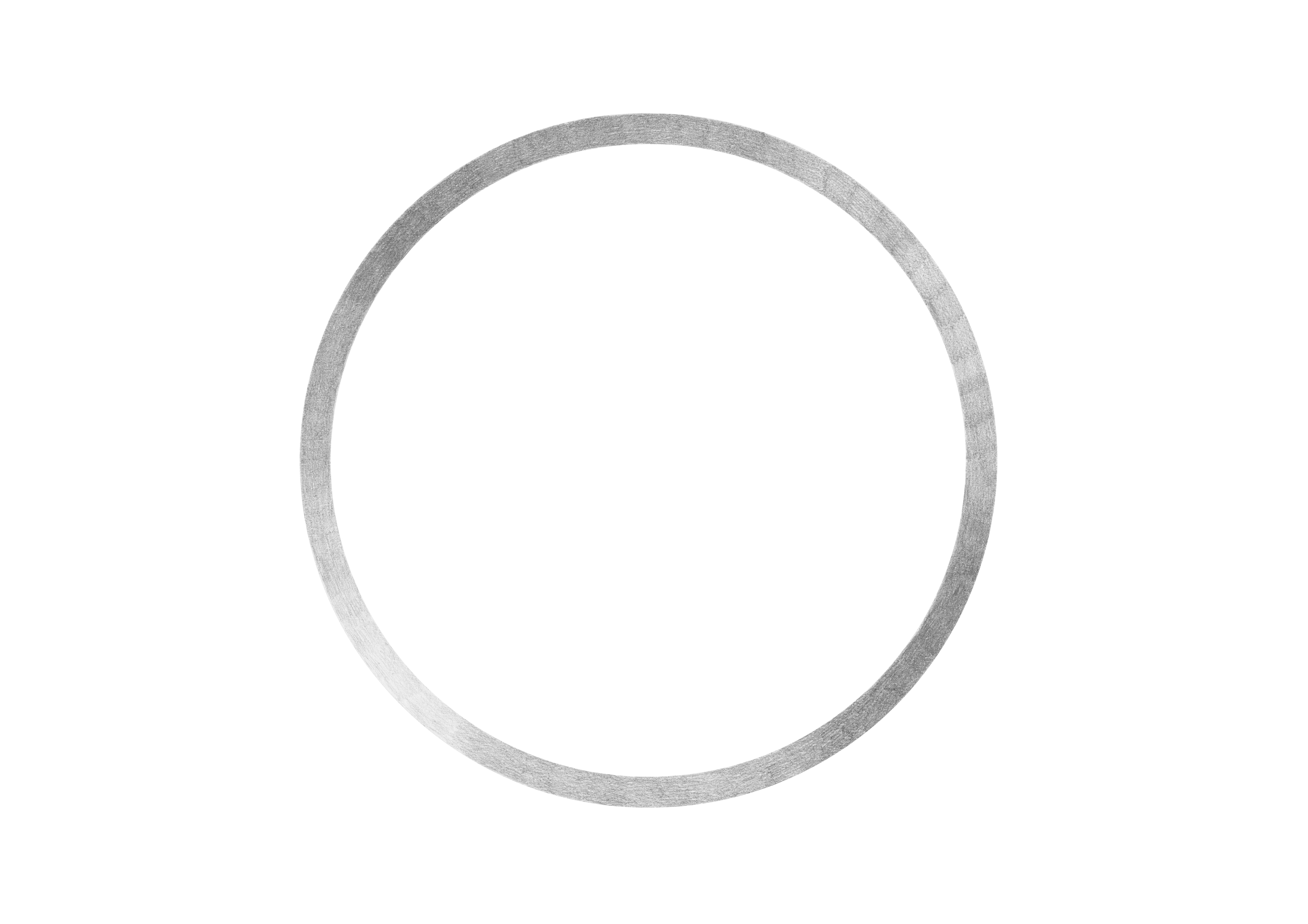The AEther
In early modern physics, the AEther (or Ether) was believed to be an invisible space-filling substance or field that was a transmission medium for electromagnetic or gravitational forces.
Tait's Tabulature of Knots
Peter Guthrie Tait (1837-1901) was a Scottish mathematical physicist, whose investigations in knot theory contributed to the field of topology as a mathematical discipline. while conducting experiments with a machine that blew smoke-rings. Tait observed that the rings had a regular donut-like form, which he hypothesised was the result of atoms within them bonding through the Ether.
1867, from a note Tait scribbled on an envelope: "Can't you come on Monday the present at the performance? An elliptical hole gives the rings in a state of vibration!!!"
In a room, thick with smoke, Tait and William Thomson (Lord Kelvin) are conducting an experiment to test the German scientist Helmholtz's theory, that closed vortex lines in a fluid remain stable forever. Tait is using a box that emits smoke made from a pungent mixture of ammonia solution, salt and sulfuric acid. He taps the back of his makeshift vortex cannon, and thick rings waft from a hole drilled in its front. Tait describes them "like solid rings of India rubber". His theory is that each smoke ring is structured around knots in the ether, a substance that was supposed to permeate all matter.
Knots
A knot is an entanglement, an intentional complication in cordage.
Knot Theory
Knot theory is a field of mathematics that studies the topology of knots.
Unknot
The unknot, or torus, is the first type of mathematical knot listed in knot theory. Intuitively, the unknot is a closed loop of rope without a knot in it.

Mathematical knots
Mathematical knots, or
Knotworks
Knotworks are visualisations of network topologies which use mathematical knots to represent a collapsing of the distinction between node and link. Just as a knot is a complication in which the tangle can conceal parts contained (as in klein worm topologies), unravelling the knot reveals that it is homeomorphic to a continuous link. The link and the node are the same, unravelled.

